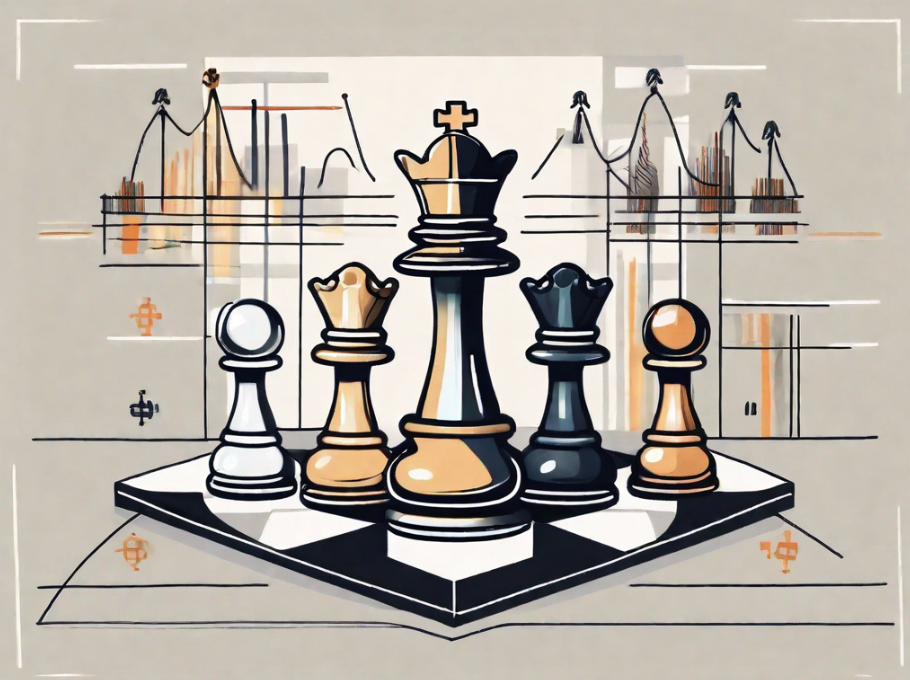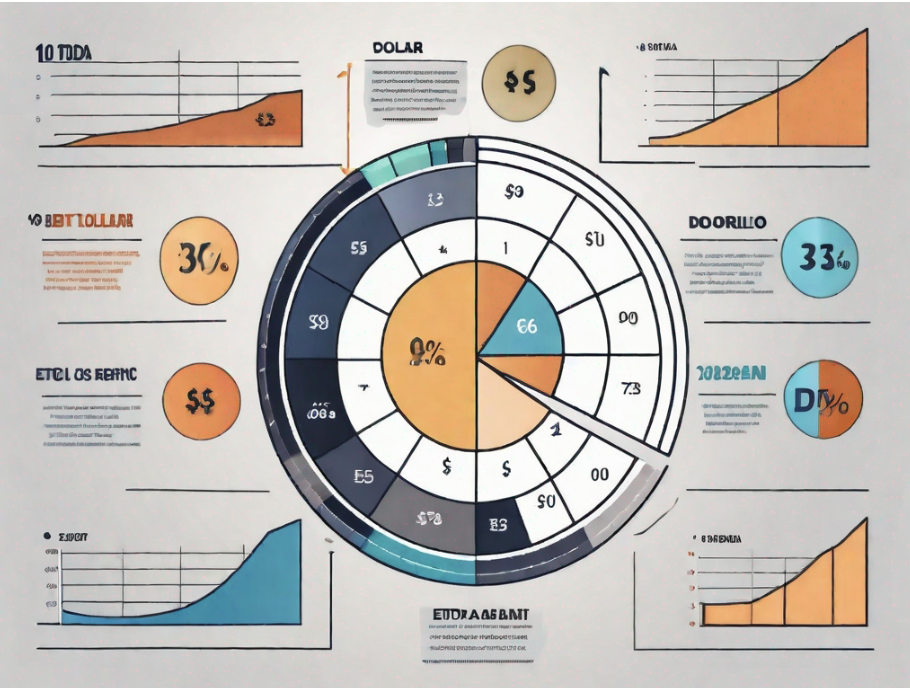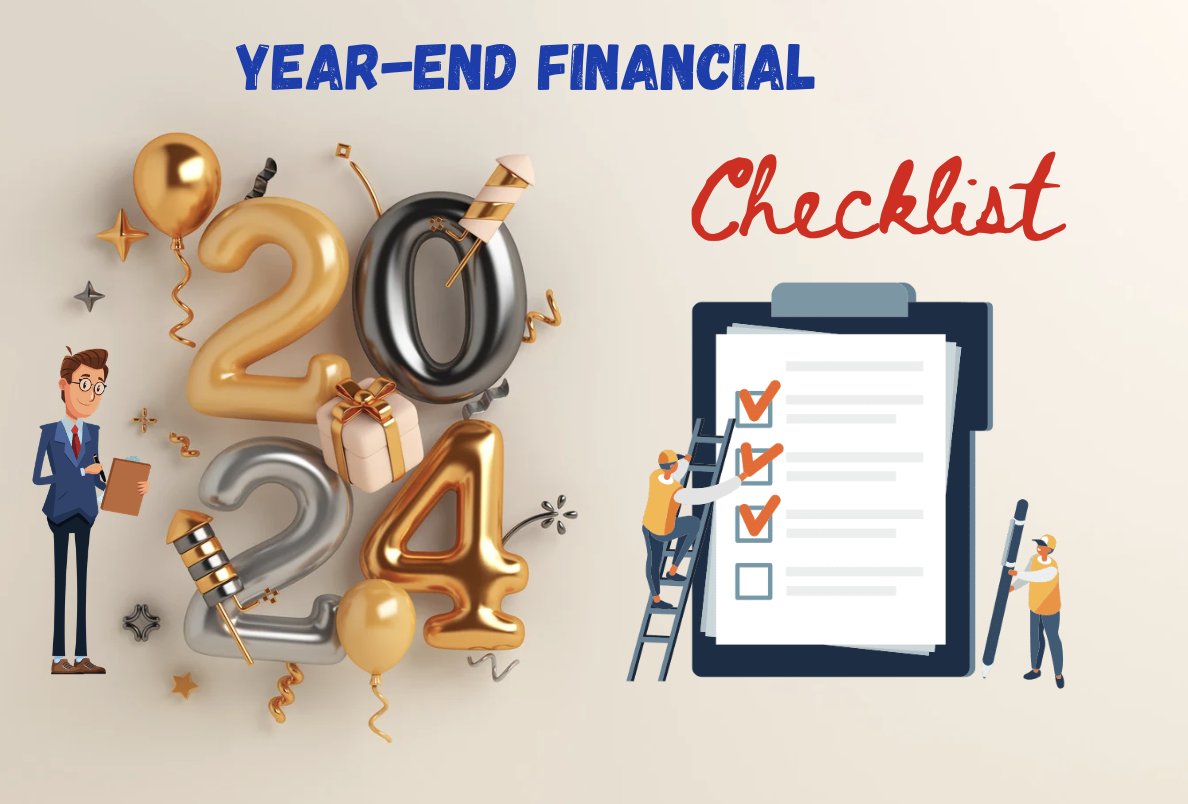How can CEOs apply the Principles in Chess Strategy to Business?
Discover how CEOs can leverage the timeless principles of chess strategy to gain a competitive edge in the business world.

Chess is not just a game of strategy and skill; it is also a reflection of the complex decision-making processes that CEOs face in the business world. The principles of chess strategy can be applied to various areas of business, helping CEOs navigate challenges, make informed decisions, and outsmart the competition. By understanding the link between chess and business, analyzing strategic principles, and leveraging flexibility, CEOs can develop effective tactics that lead to success.
Understanding the Link Between Chess and Business
Chess and business may seem like two completely different worlds, but upon closer examination, one can find striking similarities between the two. Both chess and business require a unique combination of analysis, planning, and execution. Just as chess players meticulously analyze the board and anticipate their opponent’s moves, CEOs must carefully analyze market conditions and anticipate industry trends and competitive actions.
Furthermore, both chess and business demand the ability to make decisions under pressure. In the heat of a chess match, players must quickly evaluate the risks and rewards of each move, considering the potential consequences several steps ahead. Similarly, CEOs often find themselves facing high-pressure situations where they must make critical decisions that can have long-lasting effects on their companies.
Another parallel between chess and business lies in the importance of recognizing opportunities. In chess, players must be constantly vigilant and alert to spot any potential weaknesses in their opponent’s position that they can exploit. Similarly, successful CEOs are always on the lookout for new opportunities in the market, whether it’s a gap in the competition or a new emerging trend that can be capitalized on.
Moreover, both chess and business require a deep understanding of risk management. Chess players must carefully weigh the risks associated with each move, considering the potential consequences and weighing them against the potential rewards. Similarly, CEOs must assess the risks involved in their business decisions, evaluating the potential impact on their company’s financial stability, reputation, and overall success.
By recognizing these parallels between chess and business, CEOs can apply chess principles to their business strategies. For example, just as chess players develop a long-term plan and adjust it as the game progresses, CEOs can develop a strategic roadmap for their company and adapt it as market conditions change.
CEOs can also learn from the concept of “thinking several moves ahead” in chess. By considering the potential consequences of their decisions and anticipating future challenges, CEOs can make more informed choices that align with their long-term goals.
Analyzing the Principles of Chess Strategy
Chess strategy involves several key principles that can be applied to business. Firstly, CEOs must understand the importance of controlling the center of the board. In chess, the center is considered the most advantageous position as it allows for greater mobility and control over the entire board. Similarly, in business, controlling key markets and distribution channels is crucial. Just as a chess player strategically places their pieces in the center, CEOs must strategically position their company in the heart of the market to gain a competitive advantage.
Furthermore, chess players understand the significance of developing a strong position and leveraging their strengths. In chess, players often build strong pawn structures to create a solid foundation for their pieces. Similarly, CEOs should focus on developing a strong position in the market by capitalizing on their company’s core competencies and unique strengths. By identifying and leveraging these strengths, CEOs can establish a competitive edge and increase their chances of long-term success.
Moreover, chess players constantly analyze their opponent’s moves and adjust their strategies accordingly. Similarly, CEOs must be vigilant in monitoring the market and industry trends to make informed strategic decisions. Just as a chess player anticipates their opponent’s moves and plans their counterattacks, CEOs need to anticipate market changes and adapt their business strategies to stay ahead of the competition.
Additionally, chess strategy emphasizes the importance of long-term planning and having a clear vision. Chess players carefully plan their moves, considering the potential consequences and future possibilities. Similarly, CEOs should adopt a long-term perspective when making strategic decisions, aligning them with the company’s overall goals and vision. By having a clear direction and purpose, CEOs can guide their company towards sustainable growth and success.
Developing Adaptable Tactics to Outsmart the Competition
In chess, successful players are known for their ability to adapt their tactics to counter their opponent’s moves. This adaptability is equally important in the business world. CEOs must be agile, adjusting their strategies to counter changing market conditions and competitor actions. By staying one step ahead of the competition, CEOs can outsmart their rivals and secure a competitive advantage.
Adapting tactics in the business world requires a deep understanding of the market and the competitive landscape. CEOs must constantly analyze market trends, consumer behavior, and competitor strategies to identify potential opportunities and threats. This involves gathering and analyzing vast amounts of data, using sophisticated tools and technologies to make informed decisions.
Furthermore, CEOs need to foster a culture of innovation within their organizations. They must encourage their teams to think outside the box and come up with creative solutions to challenges. This can involve brainstorming sessions, cross-functional collaboration, and even seeking input from customers and stakeholders. By embracing a culture of innovation, CEOs can ensure that their organizations are constantly evolving and adapting to the ever-changing business environment.
Another crucial aspect of developing adaptable tactics is the ability to anticipate future trends and disruptions. CEOs need to be visionaries, constantly scanning the horizon for emerging technologies, industry shifts, and changing customer preferences. By proactively identifying these trends, CEOs can position their organizations to capitalize on new opportunities and mitigate potential risks.
Moreover, CEOs must be skilled communicators and influencers. They need to effectively communicate their vision and strategy to their teams, ensuring that everyone is aligned and working towards a common goal. This involves clear and transparent communication, active listening, and the ability to inspire and motivate others. By fostering a strong sense of purpose and direction, CEOs can create a cohesive and adaptable organization.
Examining How to Recognize Opportunities and Seize Them

In chess, recognizing and seizing opportunities can lead to game-changing advantages. CEOs must be vigilant in identifying market opportunities and capitalizing on them before their competitors do. By staying informed, conducting market research, and closely monitoring industry trends, CEOs can position themselves as market leaders and seize strategic opportunities that drive growth and profitability.
Leveraging Flexibility to Make the Best Move Possible
Just as chess players consider multiple moves before making their next move, CEOs must be flexible in their decision-making process. By evaluating different scenarios and considering various alternatives, CEOs can make informed decisions that maximize their chances of success. This flexibility allows CEOs to adapt to unforeseen circumstances and make the best move possible, even in challenging situations.
One of the key aspects of leveraging flexibility in decision-making is the ability to anticipate and plan for potential obstacles. CEOs who are able to identify potential roadblocks and develop contingency plans are better equipped to navigate through uncertain situations. This proactive approach not only minimizes the impact of unexpected challenges but also allows CEOs to seize opportunities that may arise along the way.
Moreover, flexibility in decision-making enables CEOs to consider a wide range of perspectives and ideas. By encouraging open dialogue and diverse viewpoints within their organizations, CEOs can tap into the collective intelligence of their teams. This collaborative approach fosters innovation and creativity, as different perspectives often lead to breakthrough solutions. CEOs who value and incorporate diverse opinions into their decision-making process are more likely to make well-rounded and effective choices.
Furthermore, being flexible in decision-making allows CEOs to adapt their strategies in response to changing market conditions. In today’s rapidly evolving business landscape, CEOs must be agile and responsive to stay ahead of the competition. By continuously monitoring market trends and customer preferences, CEOs can adjust their strategies accordingly, ensuring their organizations remain relevant and competitive.
In addition, flexibility in decision-making enables CEOs to seize unexpected opportunities that may arise. Sometimes, the best move is not the one that was initially planned. By remaining open-minded and adaptable, CEOs can recognize and capitalize on unexpected opportunities that can significantly impact their organizations’ success. This ability to pivot and seize opportunities sets successful CEOs apart from their competitors.
Lastly, flexibility in decision-making allows CEOs to foster a culture of continuous improvement within their organizations. By encouraging experimentation and learning from failures, CEOs create an environment where employees feel empowered to take calculated risks and innovate. This culture of continuous improvement drives organizational growth and enables CEOs to make strategic decisions that propel their companies forward.
In conclusion, leveraging flexibility in decision-making is crucial for CEOs to make the best move possible. By anticipating obstacles, considering diverse perspectives, adapting to changing market conditions, seizing unexpected opportunities, and fostering a culture of continuous improvement, CEOs can navigate through challenges and maximize their chances of success. Just like chess players, CEOs must think several moves ahead and be willing to adjust their strategies to achieve their goals.
Recognizing When to Take Calculated Risks
Chess players often face situations where they must take risks to gain an advantage. Similarly, CEOs must be willing to take calculated risks in business to drive innovation and seize opportunities. By carefully evaluating potential rewards and considering potential consequences, CEOs can strategically take risks that can propel their organizations forward. This ability to recognize risk and make informed decisions sets successful CEOs apart.
When it comes to recognizing when to take calculated risks, CEOs rely on a combination of experience, intuition, and data analysis. They understand that not all risks are created equal and that some risks are worth taking while others are not. CEOs constantly assess the potential rewards and weigh them against the potential consequences. They consider factors such as market trends, customer demands, and competitive landscape to determine the likelihood of success.
Moreover, successful CEOs understand that taking calculated risks is not about blindly jumping into the unknown. It is about carefully analyzing the situation, gathering relevant information, and making informed decisions. They surround themselves with a team of experts who can provide valuable insights and different perspectives. By leveraging the collective knowledge and expertise of their team, CEOs can make more accurate risk assessments and minimize the chances of failure.
Furthermore, in their pursuit of calculated risk-taking, CEOs also employ the art of forensic analysis. Much like a chess player dissecting their opponent’s moves, CEOs delve into meticulous examination of past data and performance metrics. This forensic scrutiny allows them to uncover patterns, pinpoint potential pitfalls, and extract valuable insights that inform their risk assessment process. By combining this analytical approach with their strategic acumen, CEOs enhance their ability to make informed decisions and execute calculated risks that yield optimal results for their organizations.
In addition to being knowledgeable, successful CEOs are also adaptable and open to change. They understand that in today’s fast-paced business landscape, taking risks is often necessary to stay ahead of the competition. They embrace innovation and are not afraid to challenge the status quo. By fostering a culture of calculated risk-taking within their organizations, CEOs encourage their teams to think outside the box and explore new possibilities.
Lastly, recognizing when to take calculated risks is not just about the potential rewards for the organization, but also about personal growth and development. CEOs who are willing to step out of their comfort zones and take risks often find themselves learning valuable lessons along the way. They develop resilience, problem-solving skills, and the ability to think critically under pressure. These qualities not only benefit the CEO but also trickle down to the entire organization, creating a culture of continuous improvement and innovation.
Examining the Benefits of Thinking Ahead
One of the key principles in chess is thinking ahead, and considering future moves and potential outcomes. CEOs who adopt this mindset in business can anticipate market trends, plan for contingencies, and develop long-term strategies. By thinking ahead, CEOs can position their organizations for success and minimize the impact of uncertainties or unexpected challenges that may arise.

Exploring the Value of Making Decisions Quickly
Chess players often face time constraints, forcing them to make quick decisions under pressure. CEOs can also benefit from making decisions promptly in the business world. By acting swiftly, CEOs can seize opportunities, respond to market changes faster, and stay ahead of the competition. However, it’s important to strike a balance between speed and thorough analysis to avoid hasty decisions that may lead to adverse outcomes.
Exploring the Impact of Strategic Planning for CEOs
Exploring the Impact of Strategic Planning for CEOs
Effective strategic planning is crucial for both chess players and CEOs. In chess, players develop plans aligning with their objectives while adapting to their opponent’s moves. Similarly, CEOs must create comprehensive strategic plans that guide their organizations towards their goals while remaining flexible to adapt to changing market conditions. Strategic planning equips CEOs with a roadmap for success and helps them navigate the complexities of the business landscape.
Utilizing All Resources to Secure the Win
In chess, players use all available resources at their disposal to secure victory. CEOs must adopt a similar mindset, leveraging their organization’s assets, talents, and capabilities to achieve success. By effectively utilizing resources, CEOs can optimize operational efficiency, enhance product offerings, and deliver value to customers. This comprehensive utilization of resources is vital for CEOs seeking a sustainable competitive advantage.

IN CONCLUSION
CEOs can draw valuable insights from the principles of chess strategy and apply them to the business world. By understanding the link between chess and business, analyzing strategic principles, and developing adaptable tactics, CEOs can navigate challenges, make informed decisions, and outsmart the competition. By leveraging flexibility, recognizing risks and opportunities, thinking ahead, and planning strategically, CEOs can position their organizations for success. Ultimately, by utilizing all available resources, CEOs can secure the win in the complex game of business.
It All Starts With a FREE consultation!
Every client’s needs are unique and require varying amounts of time and attention. You can use this form to let us know what you’re looking for, and we’ll reach out to you to schedule an appointment and talk about rates for your business needs.
Please be as detailed as possible with what work is needed, what industry your business is in, and where you are located.
Our team will contact you with in 2 business days to set up the first meeting. We will make sure all your needs are taken into account when selecting the package and type of services you need.






Stay In Touch